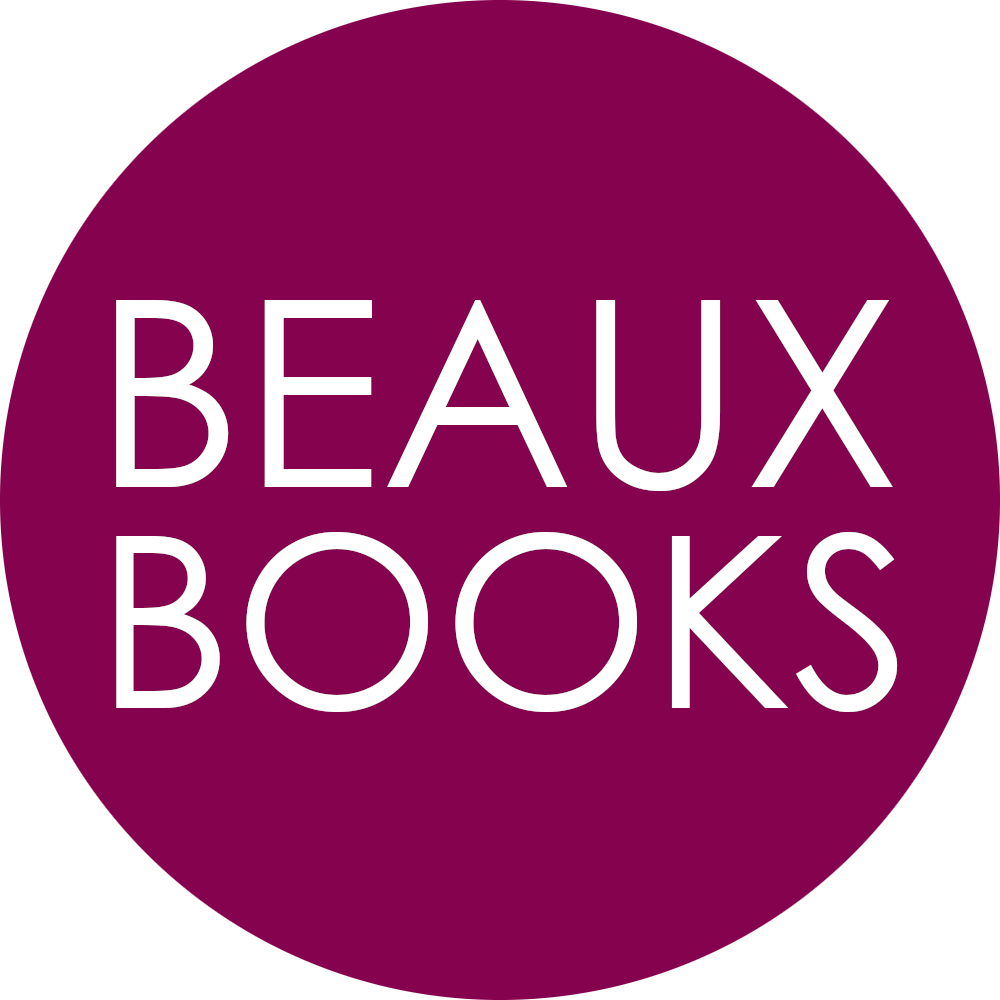Robert Ridgway.
Little, Brown, and Company. Boston. 1886. First edition. Hardback, octavo; green buckram-bound boards with gilt titles to front board and spine, top edge black. 129 pages. With 10 plates with hand-coloured colour samples and 7 plates of outline illustrations hors texte at rear. English. 215 x 145mm. 0.5kg. . Good; light shelf wear, light rubbing to board edges and spine ends, rubbing to spine title; dustiness to top edge, occasional spotting to first few pages, lacking the title leaves for Plate III & XI; from the library of 'James Backhouse, Jun., York' with his ex libris.
Robert Ridgway (1850-1929) was an American expert ornithologist and did much throughout his life to create systems for the universal classification of birds. When the present volume was published in 1886 he was curator of the Department of Birds at the Smithsonian. The principal aim of the book was to present a nomenclature of colour specifically adapted for naturalists, be they professional or amateur, and to create a standard for different hues, tints and shades. A secondary intention was to standardise descriptive terminology for ornithologists. The book is clearly divided into two sections. In the first part 'A Nomenclature of Colors' the text looks at the principles of colour and provides colour suggestions for animal and botanical artists. There then follows a table with over 300 colours translated into seven different languages - English, Latin, German, French, Spanish, Italian, and Norwegian and Danish. Of these colours, 186 are sampled on 9 plates. The samples are hand-painted using paints from Winsor & Newton of London and Schoenfeld & Co. Of Dusseldorf. Ridgway purposefully used these paint suppliers, rightly believing that their superior quality would ensure that the colours remain fresh and accurate. An additional plate depicts two triangles of primary and secondary colour combinations. The second part of the book 'Ornithologists' Compendium' includes an extensive fifty-eight page 'Glossary of Technical Terms used in Descriptive Ornithology' and a conversion table for inches to millimetres. The text is supported by a further 7 plates with line drawings, executed by the author's brother John Ridgway after Robert's originals. The drawings depict the anatomy of birds, and feather and eggs shapes. On publication Ridgway's book was embraced by fellow expert and amateur naturalists, especially amongst ornithologists, and it continues to be referenced today. Colour historian Patrick Baty refers to it as 'one of the first and most important colour systems for bird identification.' The book's success led Ridgway to publish a much-expanded edition focussed on colour nomenclature in 1912 under the title Color Standards and Color Nomenclature. Copies of this earlier 1886 edition are scarcer than the later 1912 work, with copies rarely appearing for sale.
[Further reading: Baty, Patrick, 'The Anatomy of Colour', Thames & Hudson, 2017, pp. 244-49]
